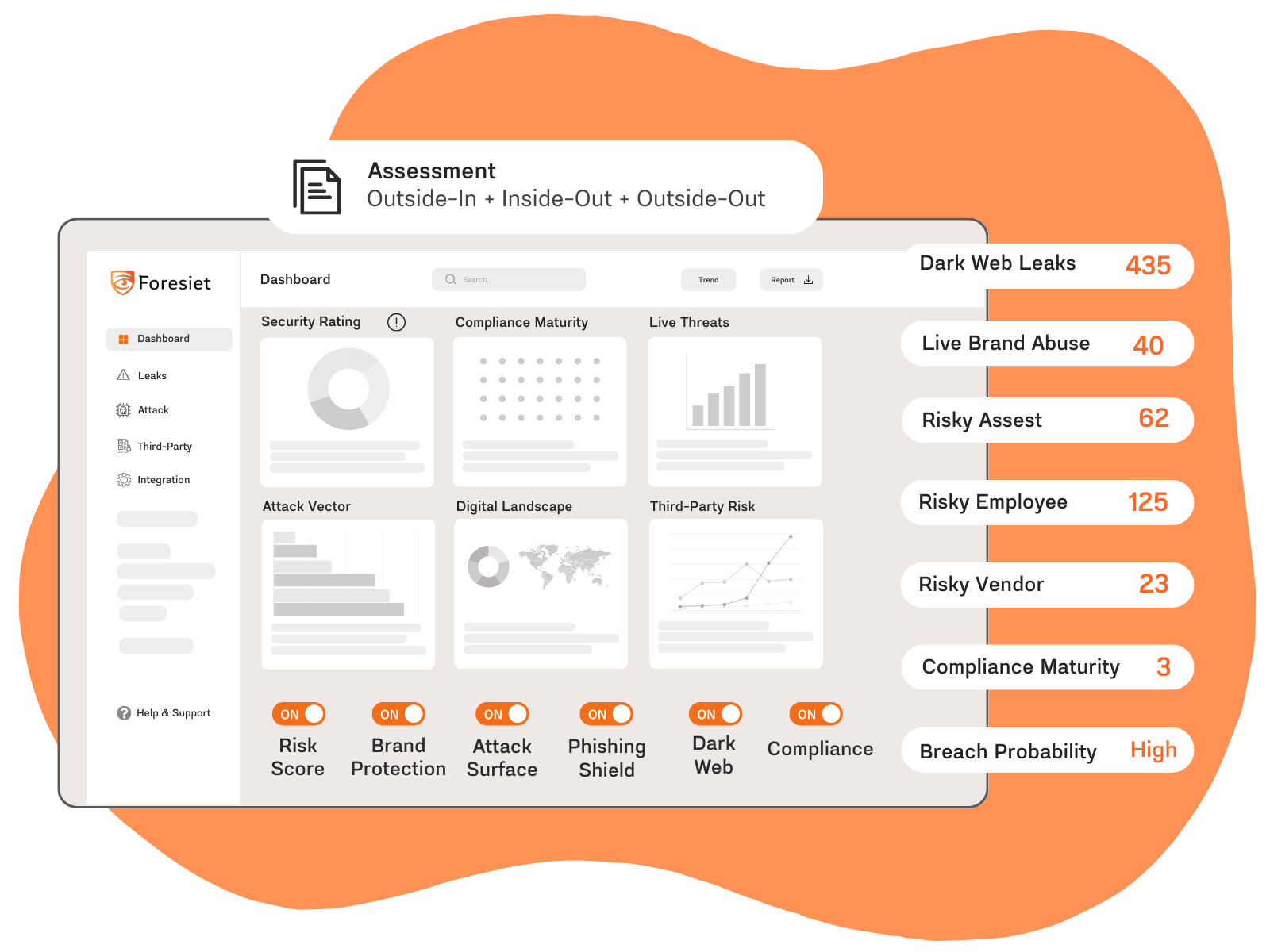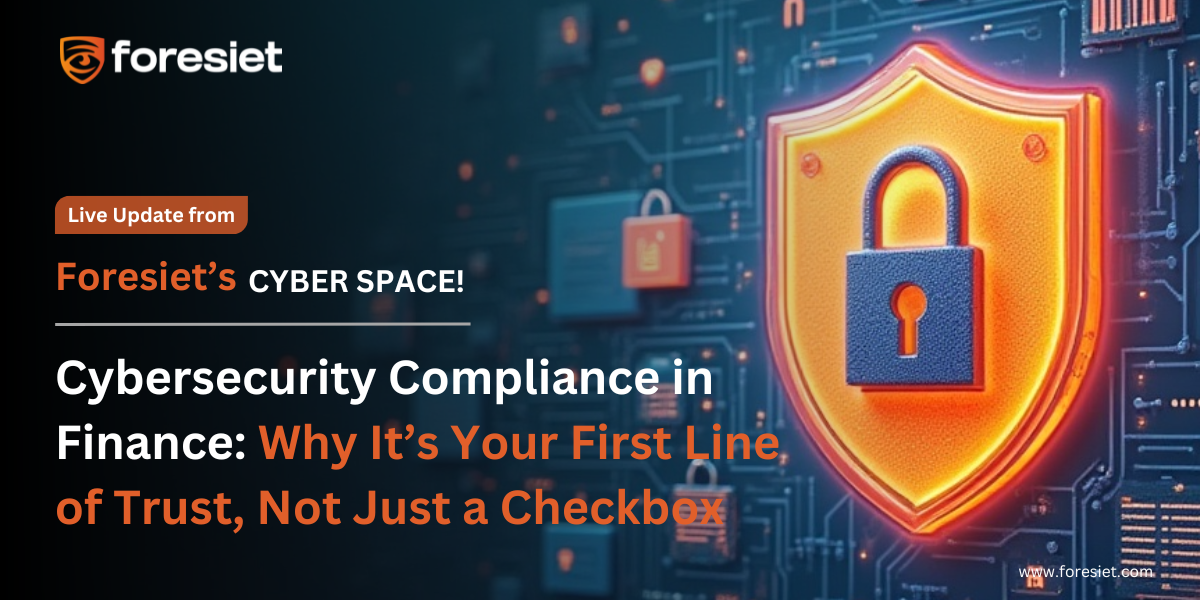Muhstik Botnet Capitalizes on Apache RocketMQ Flaw for Enhanced DDoS and Cryptojacking

The notorious Muhstik botnet is leveraging a critical Apache RocketMQ vulnerability (CVE-2023-33246) to execute remote code, targeting Linux servers and IoT devices for DDoS attacks and cryptocurrency mining. The infection begins with the execution of a shell script from a remote IP address, followed by the download of the Muhstik malware binary ("pty3"). To ensure persistence, the malware is then copied to various directories and system files are altered. With over 5,000 vulnerable Apache RocketMQ instances still exposed, organizations must update to the latest version to mitigate risks, secure MS-SQL servers against brute-force attacks, and ensure regular password changes.
How Muhstik Botnet Exploits Docker Containers
Containers have transformed how organizations deploy and manage applications but also opened new avenues for cybercriminals. According to Foresiet, attackers exploit Docker capabilities to infiltrate infrastructures by exploiting misconfigurations.
Attackers manipulate Docker containers primarily through two methods. They can register a malicious container in a library, though libraries are increasingly adept at detecting such threats. Alternatively, Commando Cat deploys benign containers as blank slates to introduce malicious code.
The Attack Vector
Commando Cat exploits exposed Docker remote API servers, typically accessible due to misconfigurations. This misconfiguration, whether in cloud, on-premises, or hybrid environments, creates an initial entry point for attackers. Once inside, attackers use the open-source tool Commando to deploy a harmless Docker image, creating a new, malicious container.
By leveraging the "chroot" Linux operation and volume binding, attackers can view and access the host operating system from within the container. This approach allows attackers to establish a command-and-control (C2) channel, enabling the deployment of cryptojacking malware.
Mitigation Strategies for Organizations
To defend against attacks like Commando Cat, organizations should adhere to best practices for Docker container security. Foresiet recommends the following measures:
- Utilize only official or certified Docker images.
- Avoid running containers with root privileges.
- Conduct regular security audits.
- Adhere to general guidelines and best practices for containers and APIs.
Furthermore, ensure that your Docker container's API is not exposed directly to the Internet. This straightforward yet essential action can significantly lower the risk of unauthorized access.
Beyond Cryptojacking: The Broader Threat Landscape
While Commando Cat's attacks mainly target cryptojacking, there is potential for more serious breaches. Earlier payload versions included scripts designed to backdoor target systems, maintain persistence, and steal cloud credentials. This highlights the importance of comprehensive security measures, including stolen credentials detection, darknet monitoring services, and digital threat scoring to stay ahead of evolving threats.
Leveraging Digital Threat Intelligence
Organizations should leverage advanced digital footprint analysis and brand protection strategies to safeguard against sophisticated cyber threats. Regular monitoring and defense mechanisms, such as brand impersonation defense, can help detect and mitigate risks before they escalate. Engaging in online risk evaluation and utilizing dark web surveillance is also essential in identifying compromised data and potential vulnerabilities within your infrastructure.
Conclusion
The Commando Cat campaign highlights the urgent need for rigorous security practices within containerized environments. By adhering to best practices and securing Docker APIs, organizations can mitigate the risks posed by misconfigurations and protect against sophisticated cyberattacks. Stay informed and proactive in your digital footprint analysis and brand protection efforts to safeguard your infrastructure from emerging threats.
About Foresiet!
Foresiet is the pioneering force in digital security solutions, offering the first integrated Digital Risk Protection SaaS platform. With 24x7x365 dark web monitoring and proactive threat intelligence, Foresiet safeguards against data breaches and intellectual property theft. Our robust suite includes brand protection, takedown services, and supply chain assessment, enhancing your organization's defense mechanisms. Attack surface management is a key component of our approach, ensuring comprehensive protection across all vulnerable points. Compliance is assured through adherence to ISO27001, NIST, GDPR, PCI, SOX, HIPAA, SAMA, CITC, and Third Party regulations. Additionally, our advanced antiphishing shield provides unparalleled protection against malicious emails. Trust Foresiet to empower your organization to navigate the digital landscape securely and confidently.
Protect your brand, reputation, data, and systems with Foresiet's Integrated Digital Risk Platform. 24/7/365 threat monitoring for total peace of mind.


July 10, 2025, 9 a.m.
